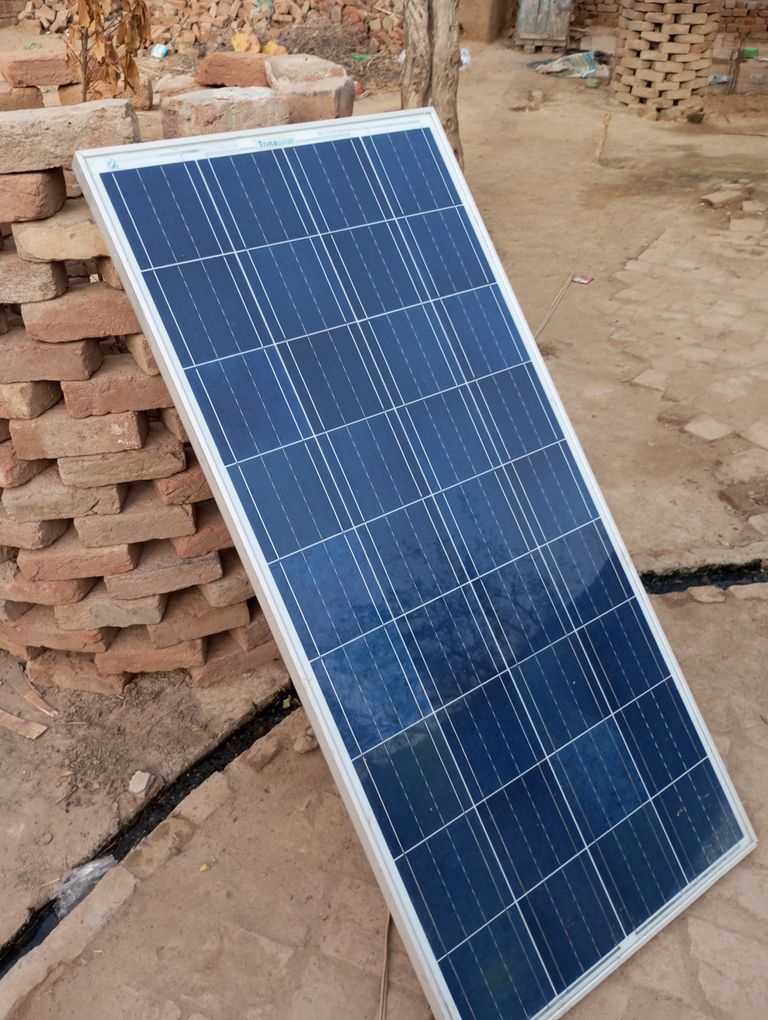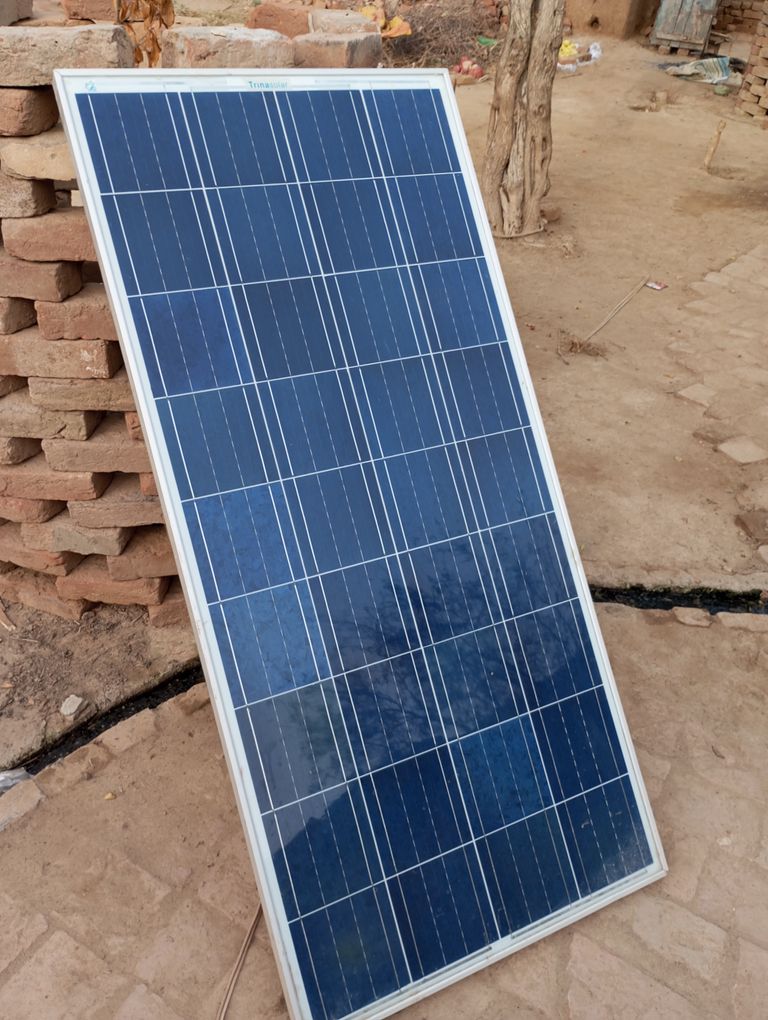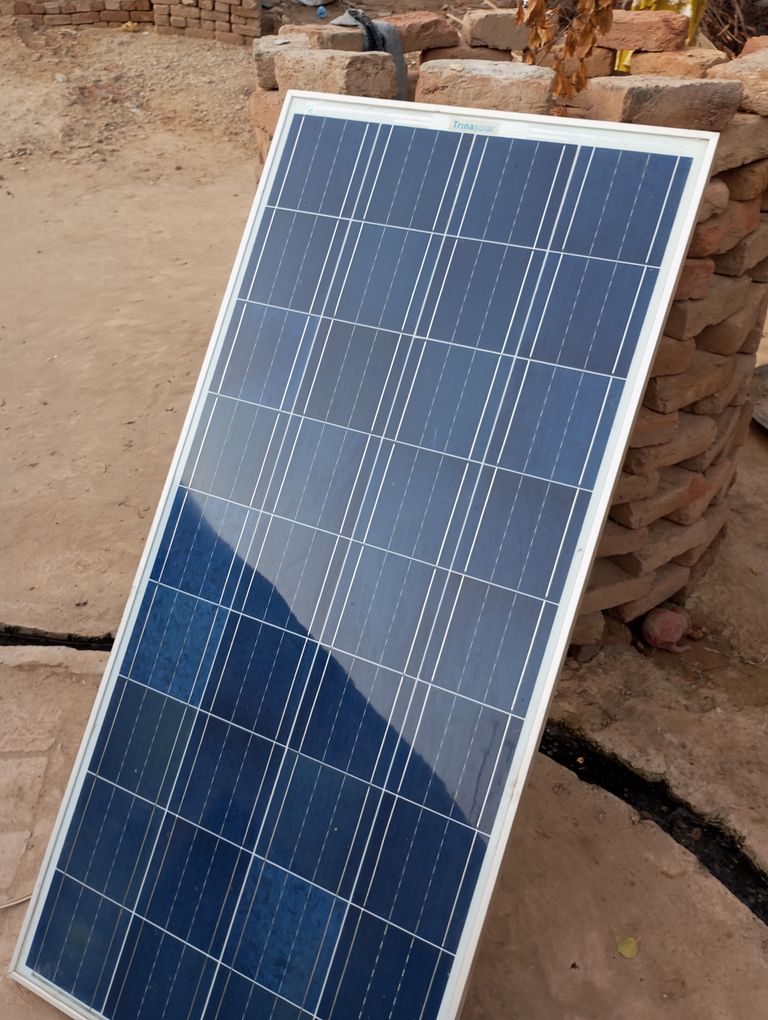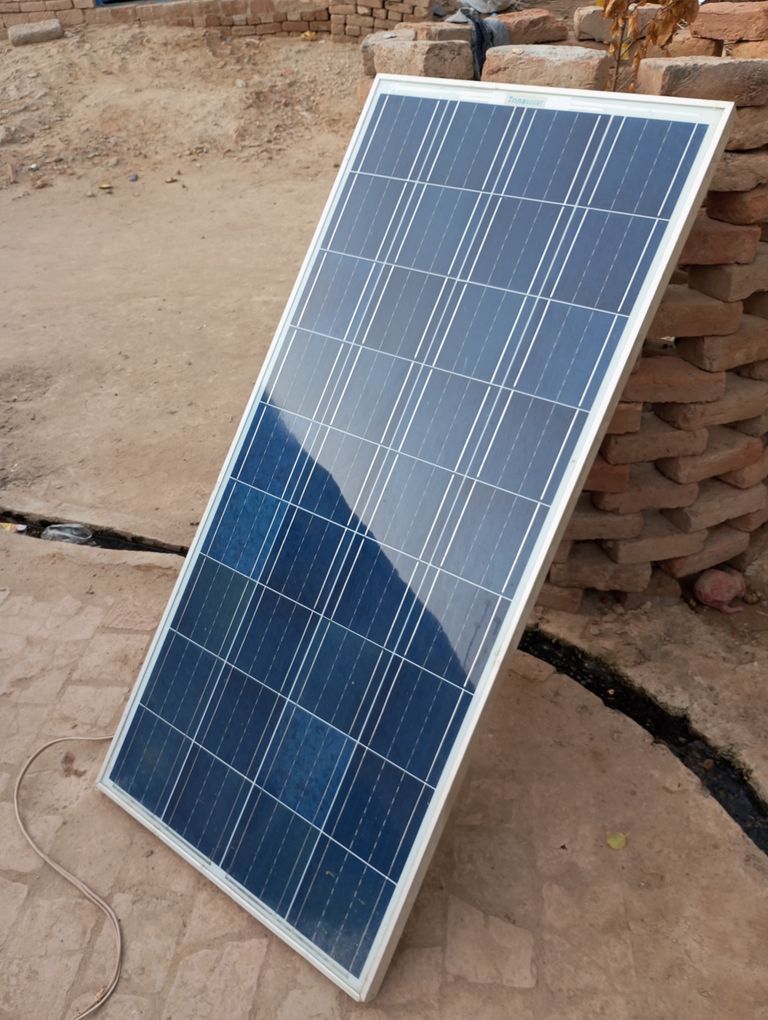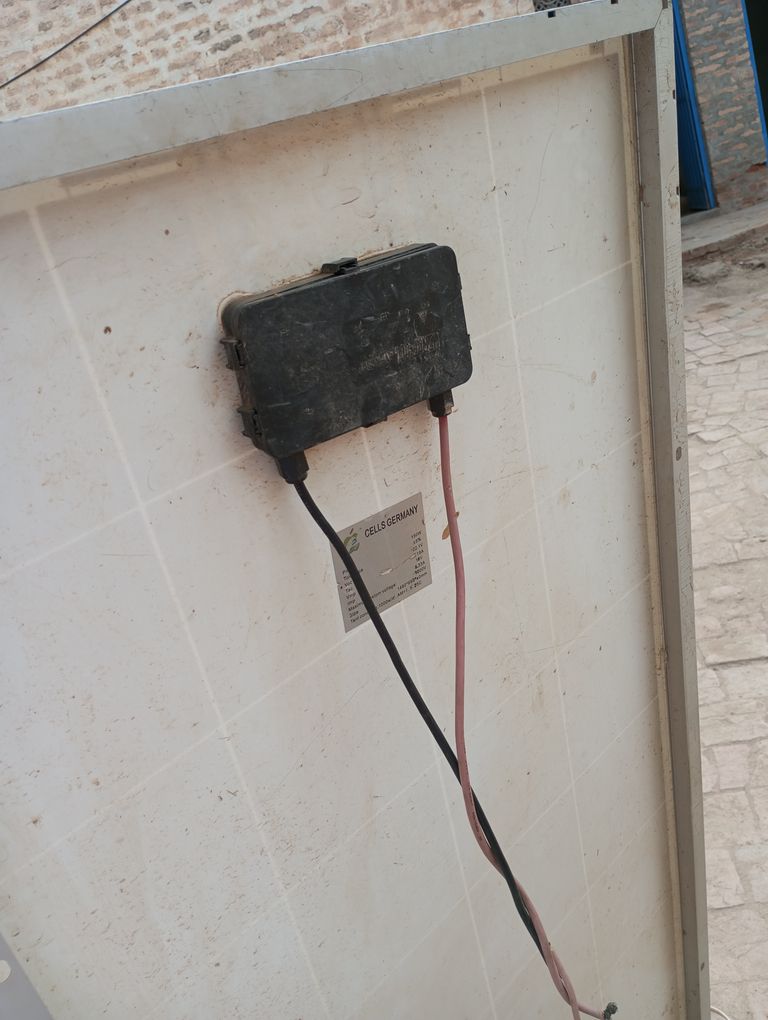Harnessing Solar Power: The Wonders of Solar Plates
In a world where sustainable energy sources are gaining prominence, solar power stands out as a beacon of hope for a greener future. Among the myriad technologies enabling this transition, solar plates have emerged as a key player in the realm of renewable energy generation.
Understanding Solar Plates:
Solar plates, also known as photovoltaic panels or solar panels, are intricate devices designed to convert sunlight into electricity. These panels consist of numerous solar cells, which are typically made from semiconductor materials like silicon. When sunlight strikes these cells, it stimulates a reaction that generates direct current (DC) electricity.
Working Principle:
At the heart of every solar plate lies the photovoltaic effect, a phenomenon that occurs within the solar cells. When photons from sunlight hit the semiconductor material, they excite electrons, causing them to flow and create an electric current. This flow of electrons is then captured and harnessed to generate usable electricity.
Application and Benefits:
Solar plates find a wide range of applications, from residential rooftops to massive solar farms. They have several advantages, including:
Clean Energy: Solar power is a clean, renewable energy source, producing no harmful emissions and contributing significantly to reducing greenhouse gas emissions.
Energy Independence: By generating their own electricity, individuals and businesses can reduce their reliance on traditional fossil fuels and mitigate the impact of fluctuating energy prices.
Low Operating Costs: Once installed, solar panels require minimal maintenance and have low operating costs, making them a cost-effective energy solution over the long term.
Reduced Carbon Footprint: Solar power helps decrease the carbon footprint, contributing to a more sustainable and eco-friendly planet.
Challenges and Advances:
While solar plates have made tremendous strides in recent years, there are still challenges to address. These include:
Efficiency: Improving the efficiency of solar panels remains a priority. Researchers are constantly working on enhancing the materials and design to capture and convert more sunlight into electricity.
Storage: Storing excess energy for use during cloudy days or nighttime is a challenge. Advances in energy storage technologies, like batteries, are crucial for maximizing the benefits of solar power.
Aesthetics and Integration: Integrating solar panels seamlessly into architectural designs and urban landscapes is an ongoing concern, requiring innovative solutions for a harmonious coexistence.
The Road Ahead:
Solar plates hold the promise of revolutionizing the way we generate and consume energy. As technology advances, solar power is likely to become an even more integral part of our daily lives. With increasing efficiency, reduced costs, and a growing commitment to sustainability, solar plates are set to shine a bright light on a cleaner and more sustainable energy future.
